AARP Hearing Center

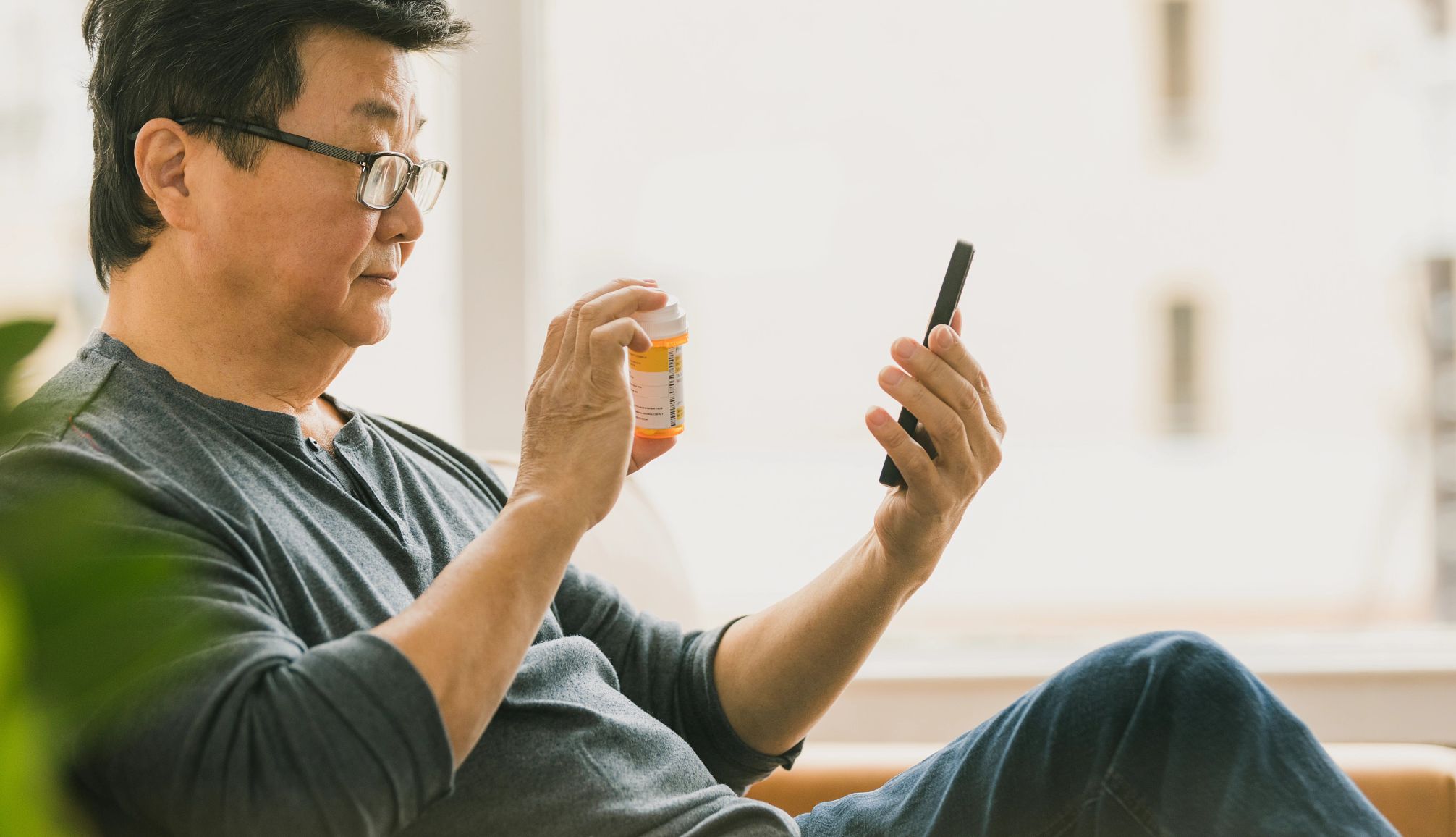
If you’re an older adult, smart homes may seem like a lot of hype — or best left to those more comfortable with technology.
But if you’re one of the 9 in 10 people ages 50 to 80 who say they want to stay in their homes as long as possible, innovations available today can help you remain independent, especially if you live alone. And that tech can help your family keep tabs on your safety without being intrusive. Here’s a quiz to show you what today’s tech can do for you and your family.











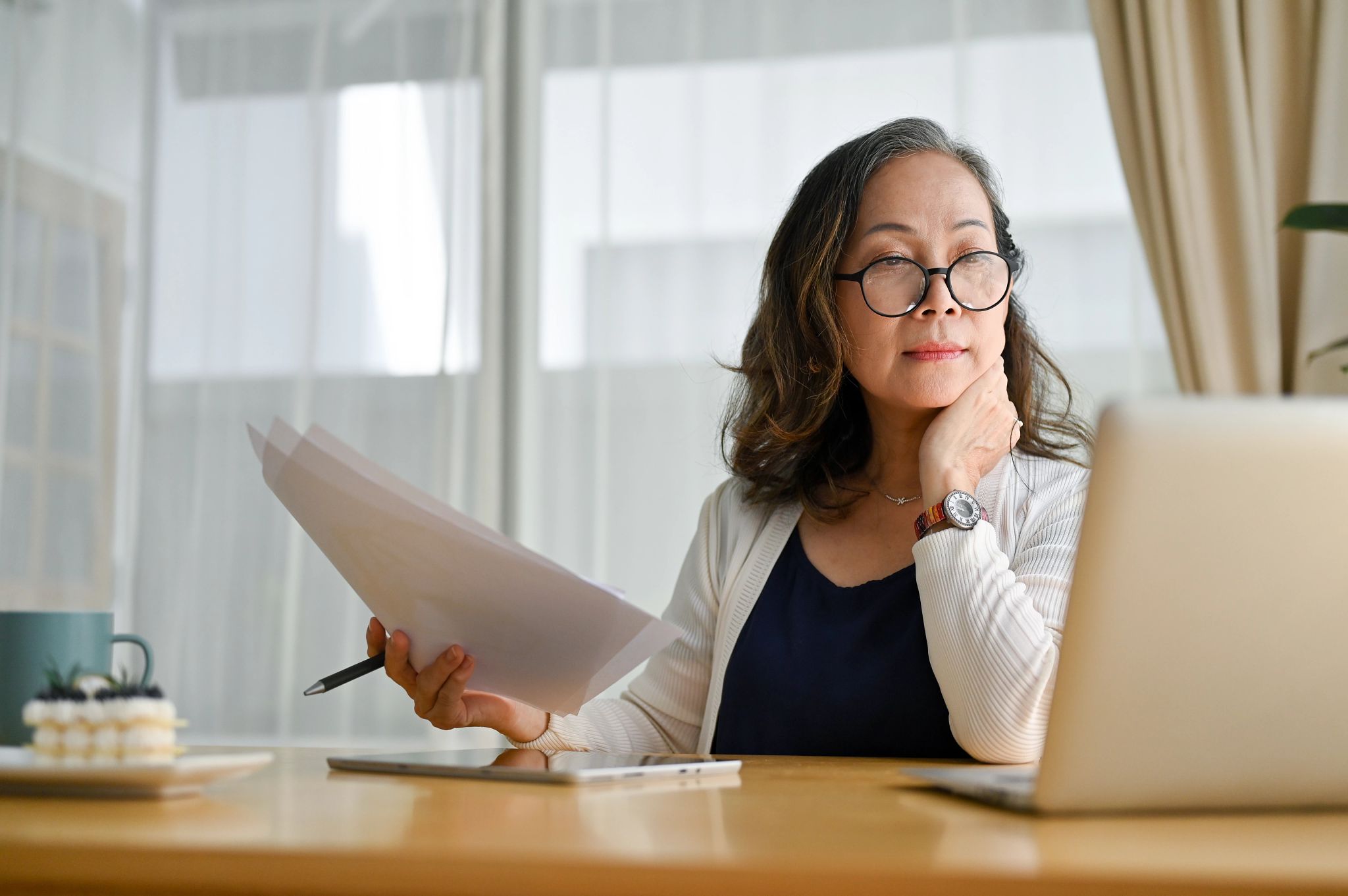












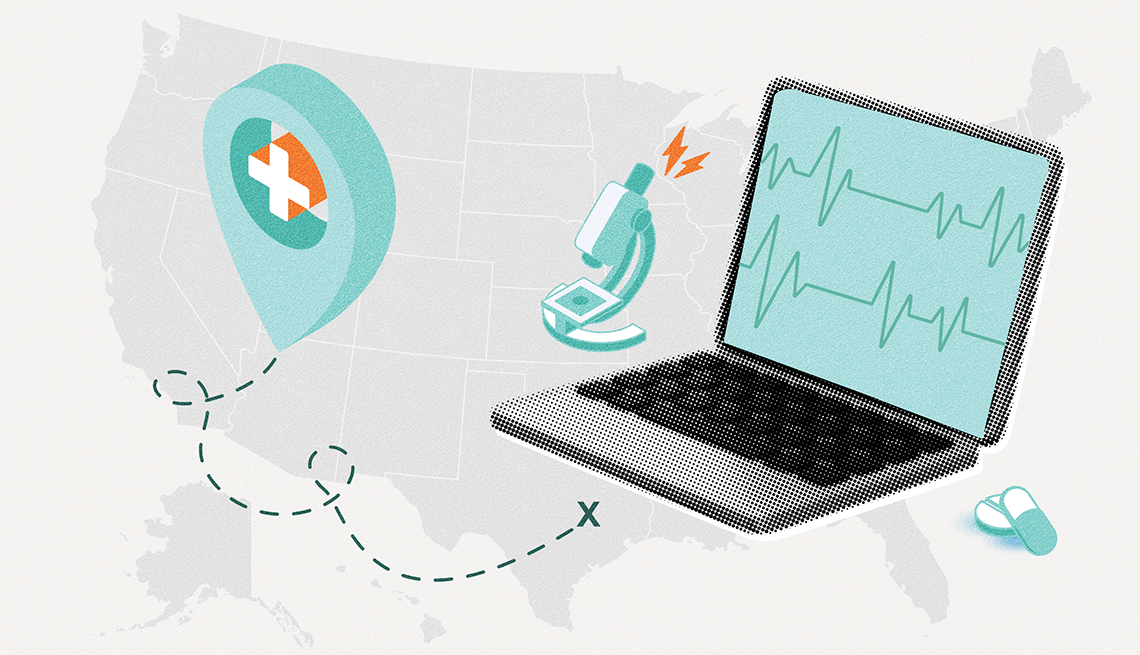






.jpg?crop=true&anchor=13,195&q=80&color=ffffffff&u=lywnjt&w=2008&h=1154)












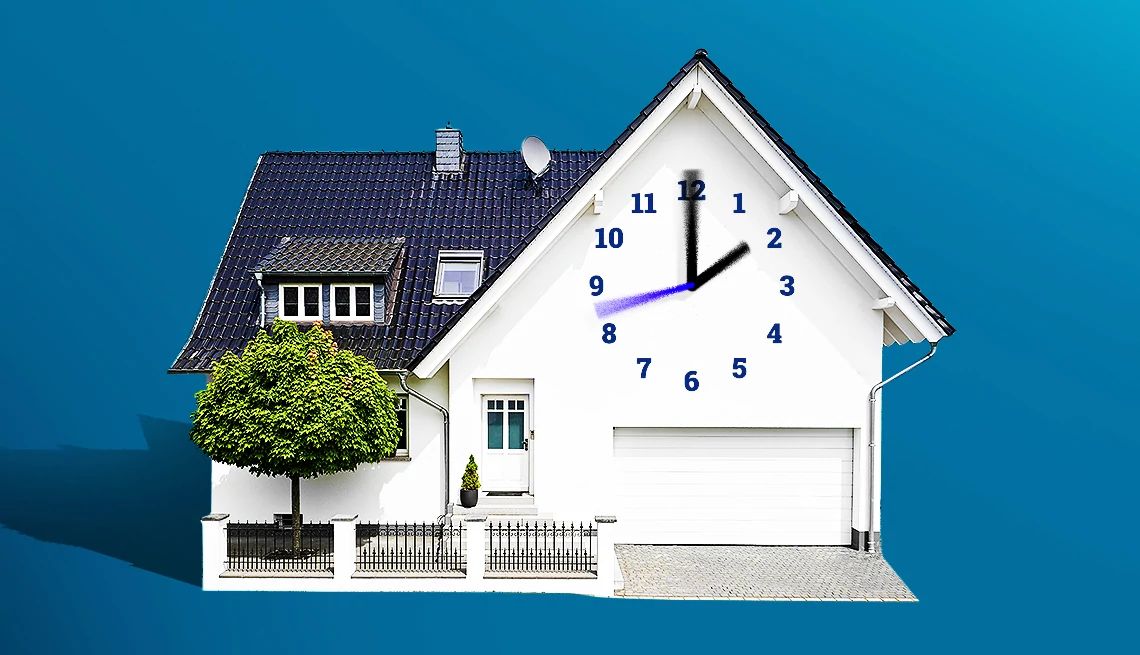

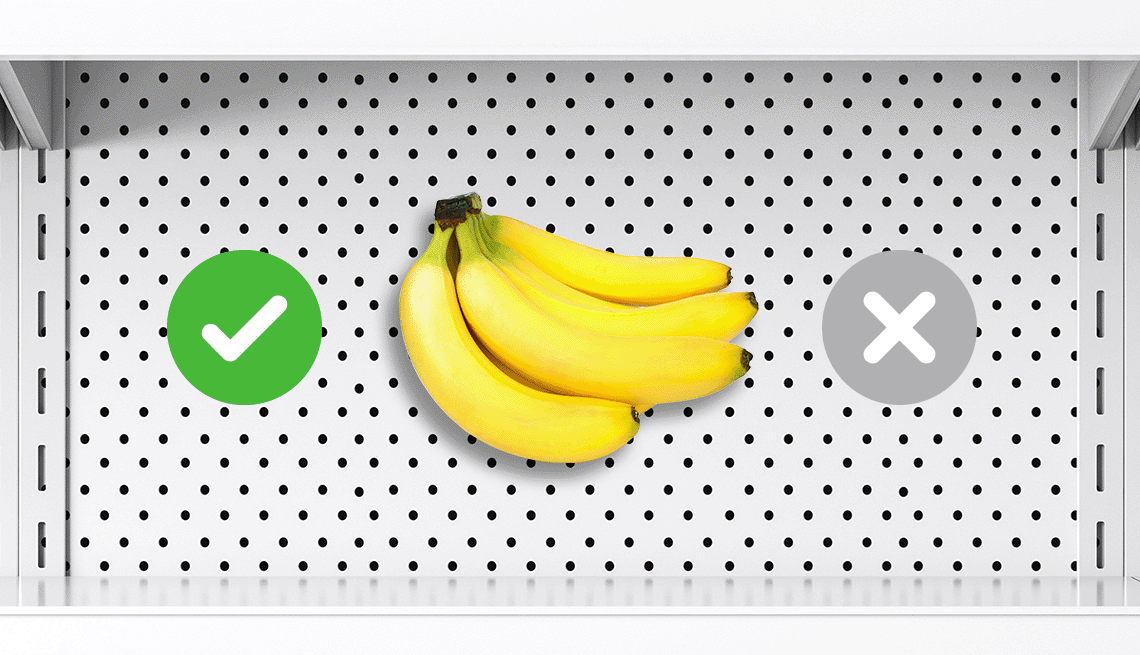












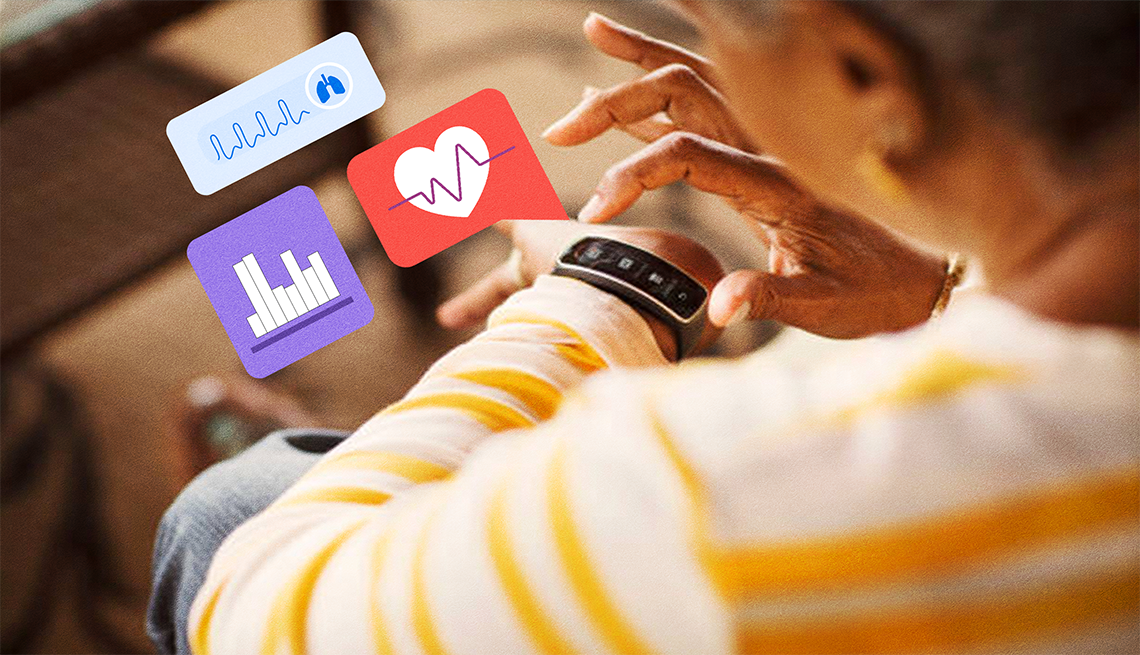
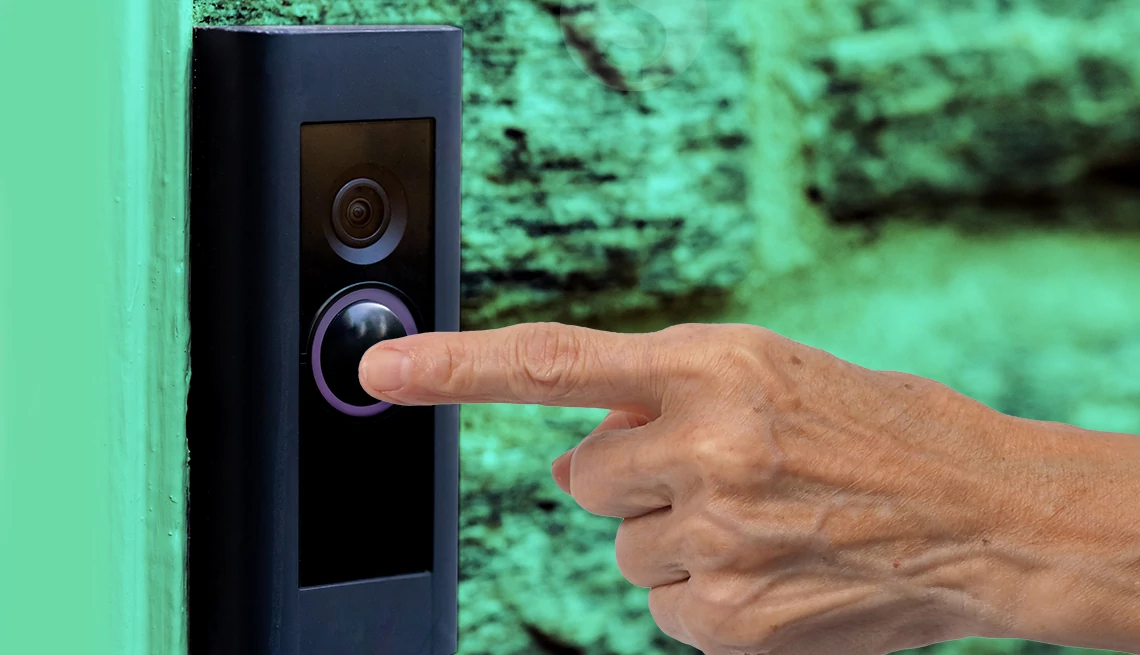
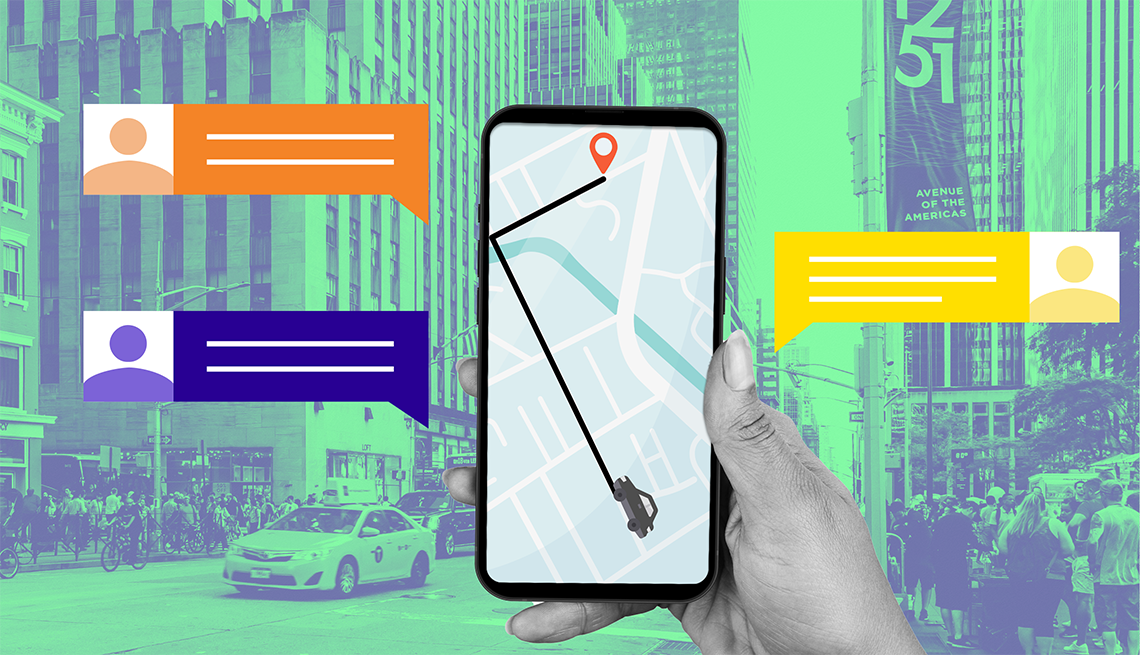
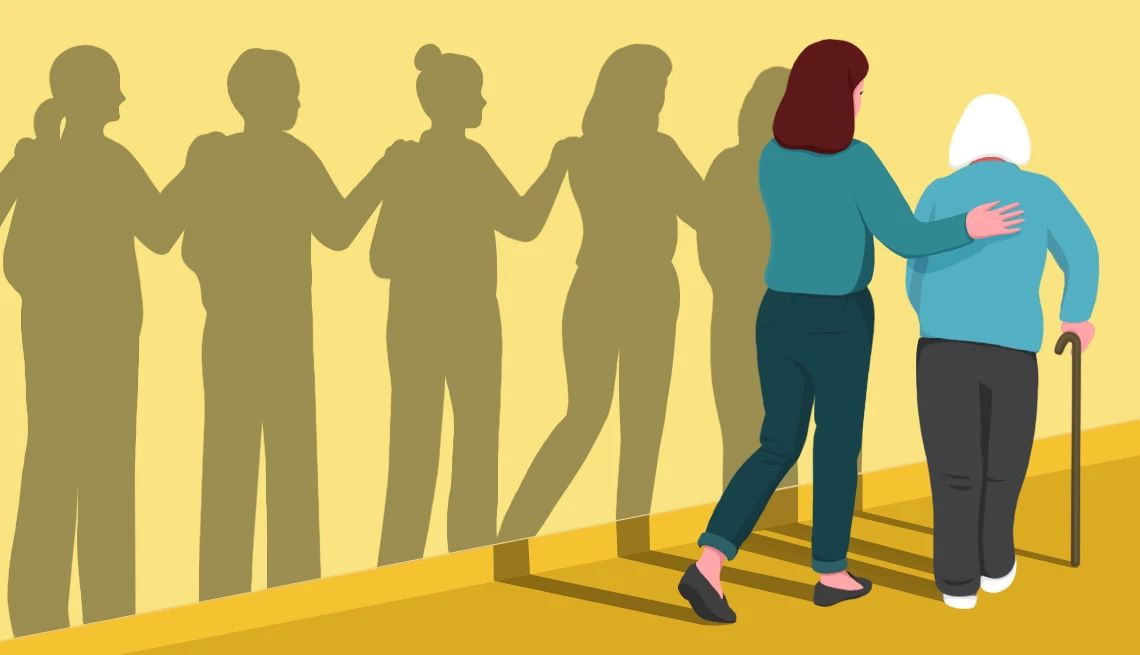
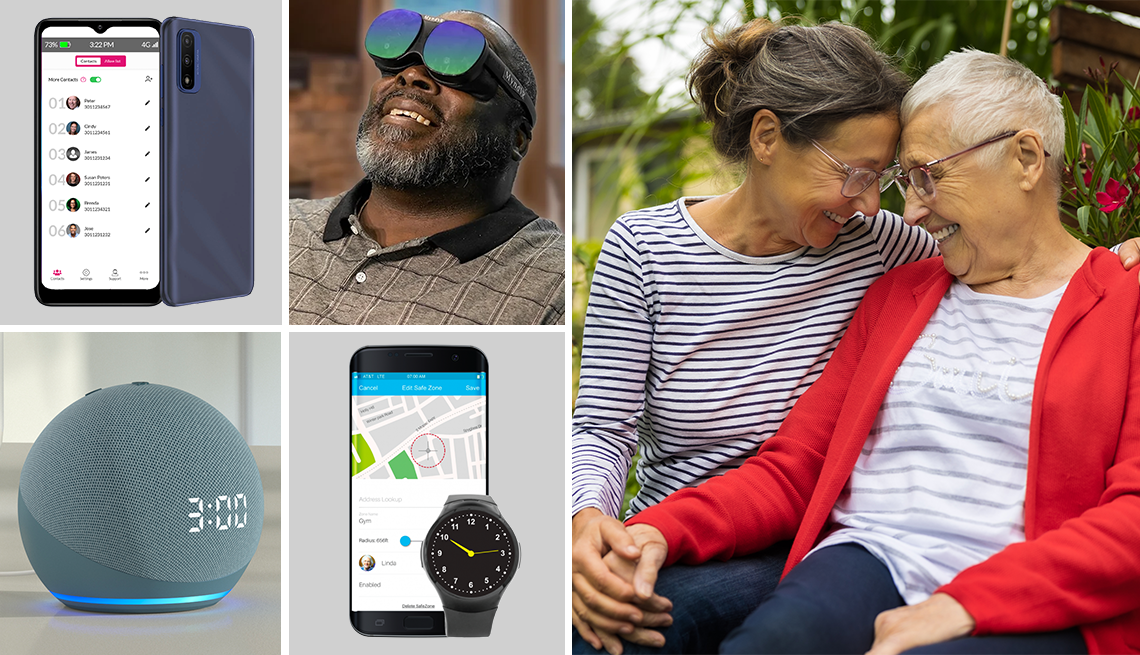
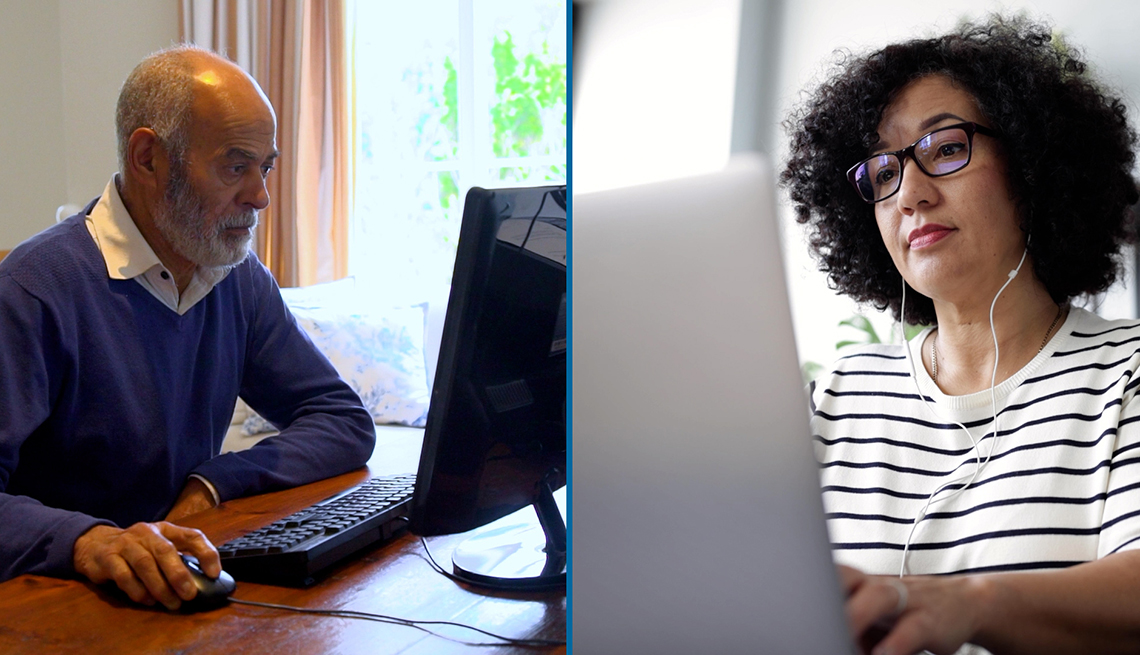
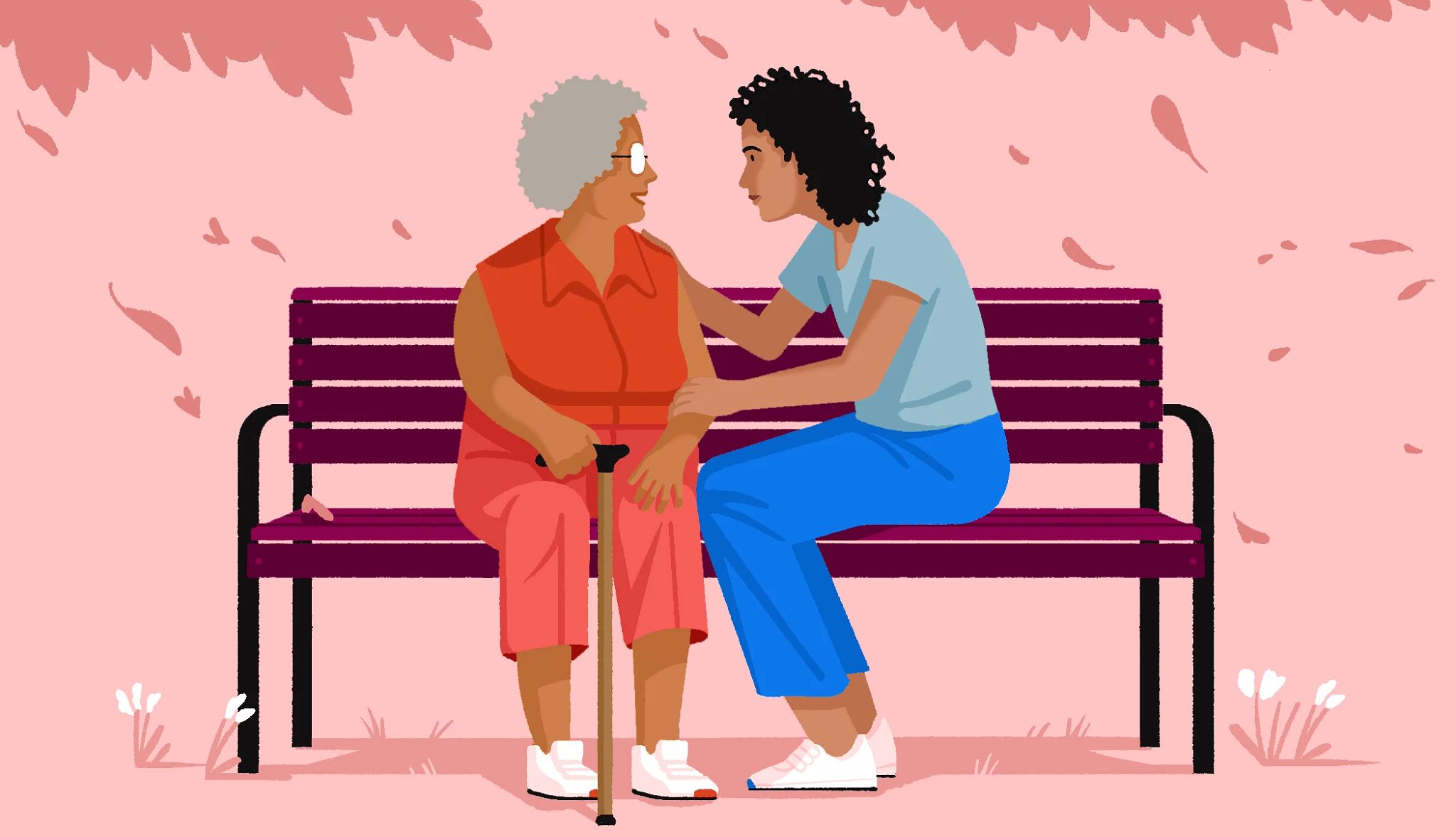


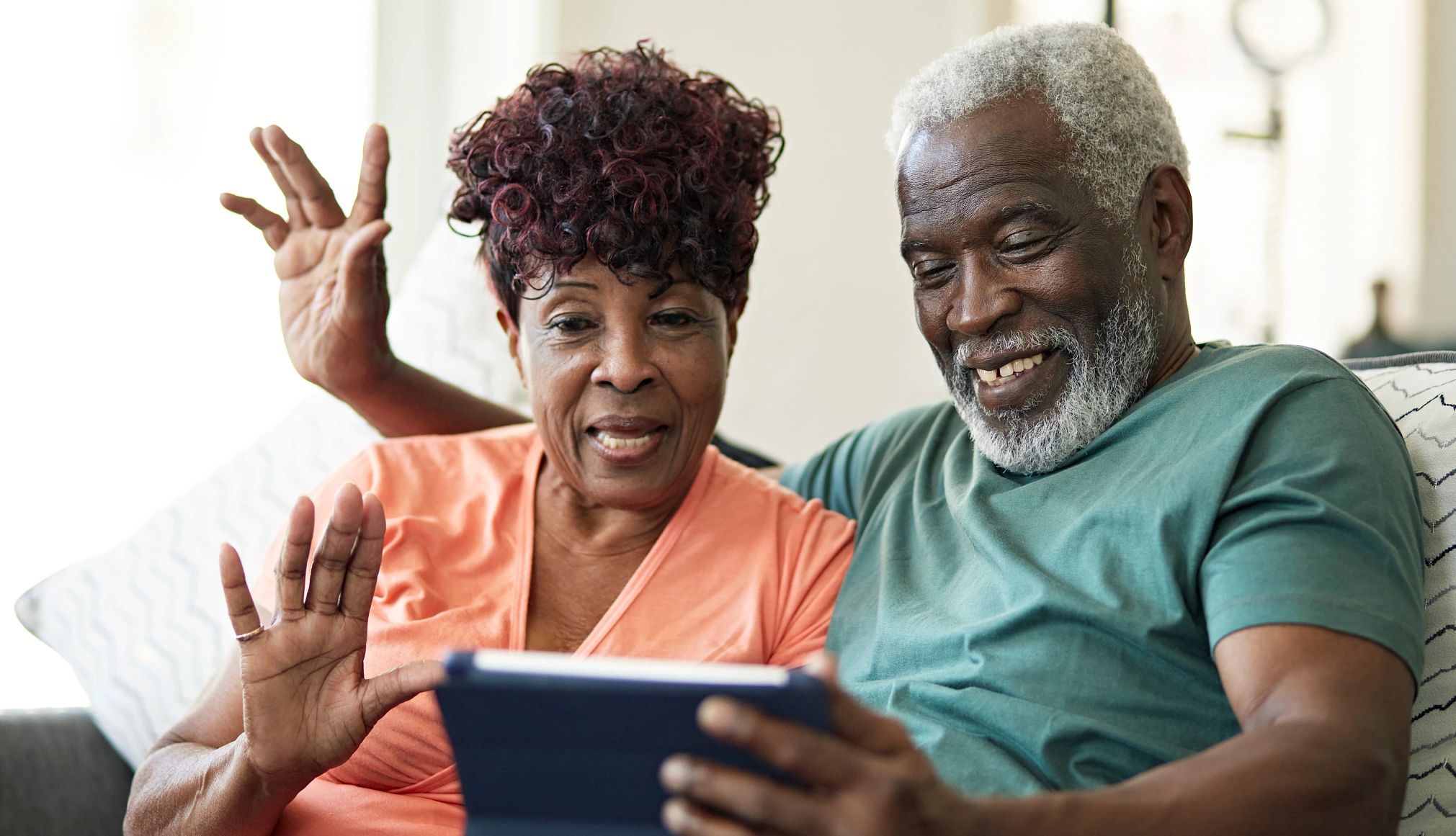
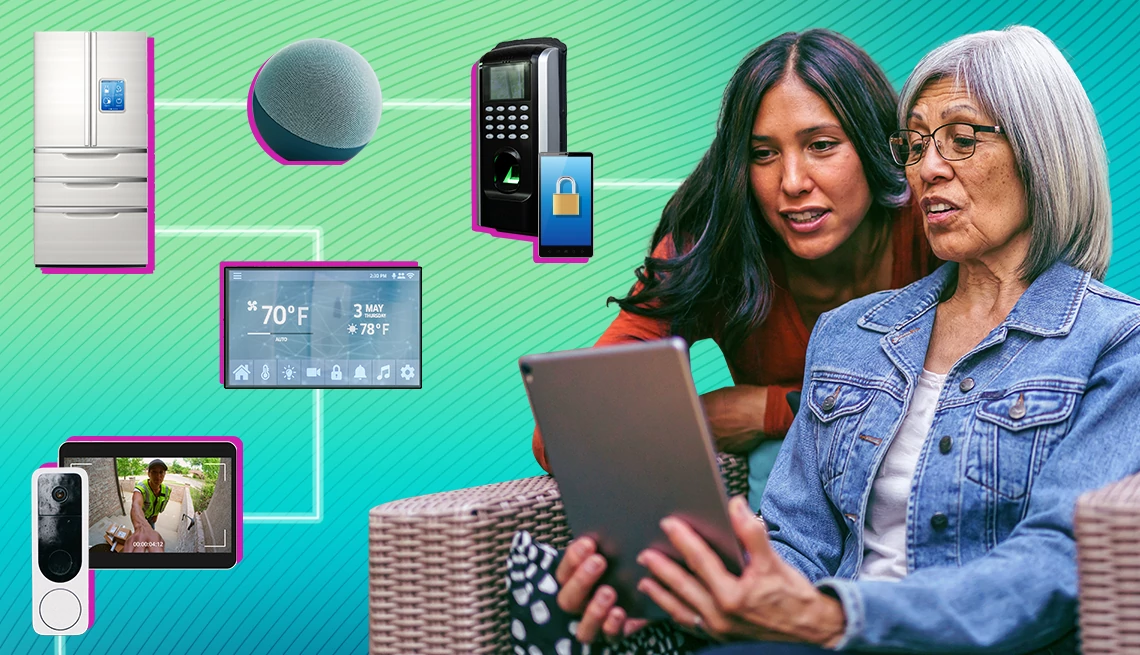
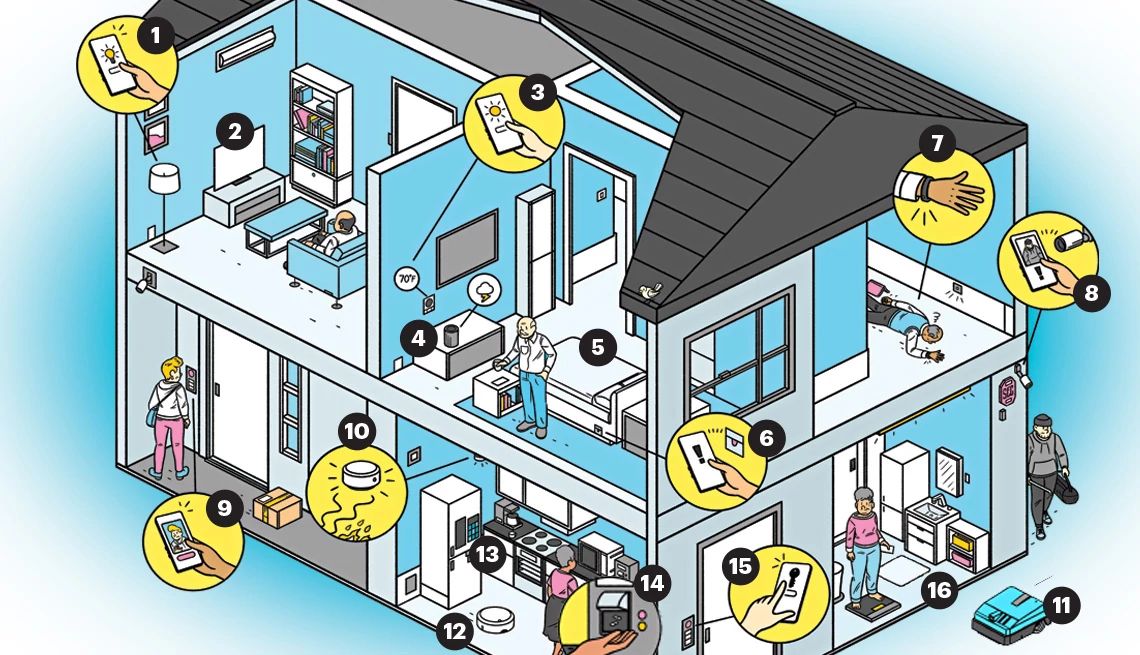
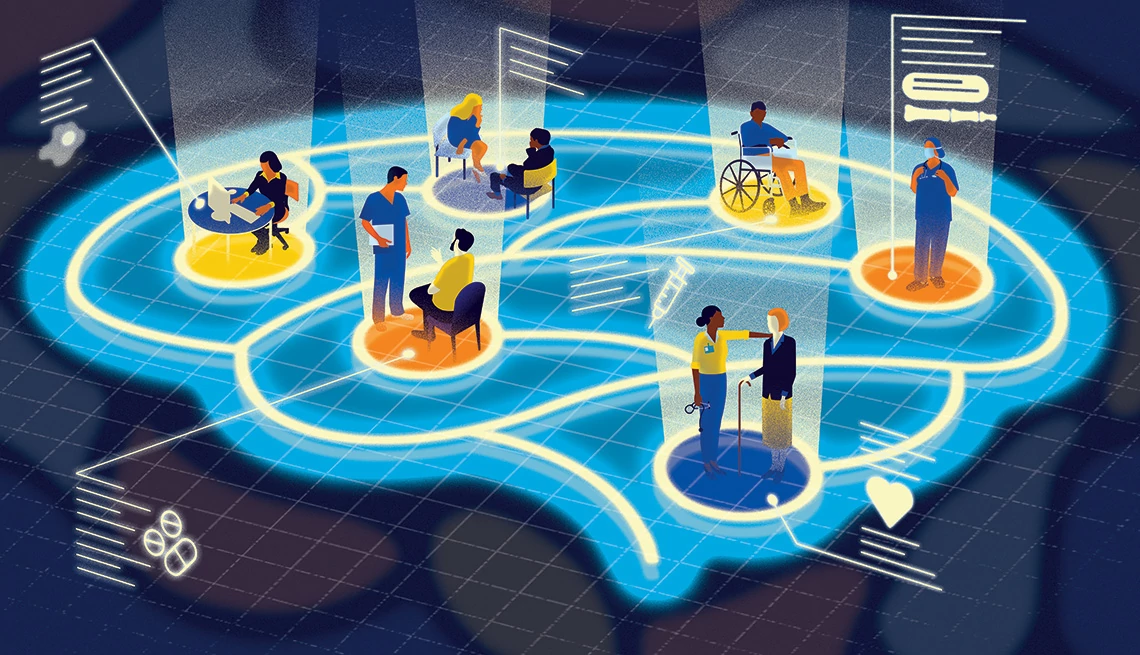
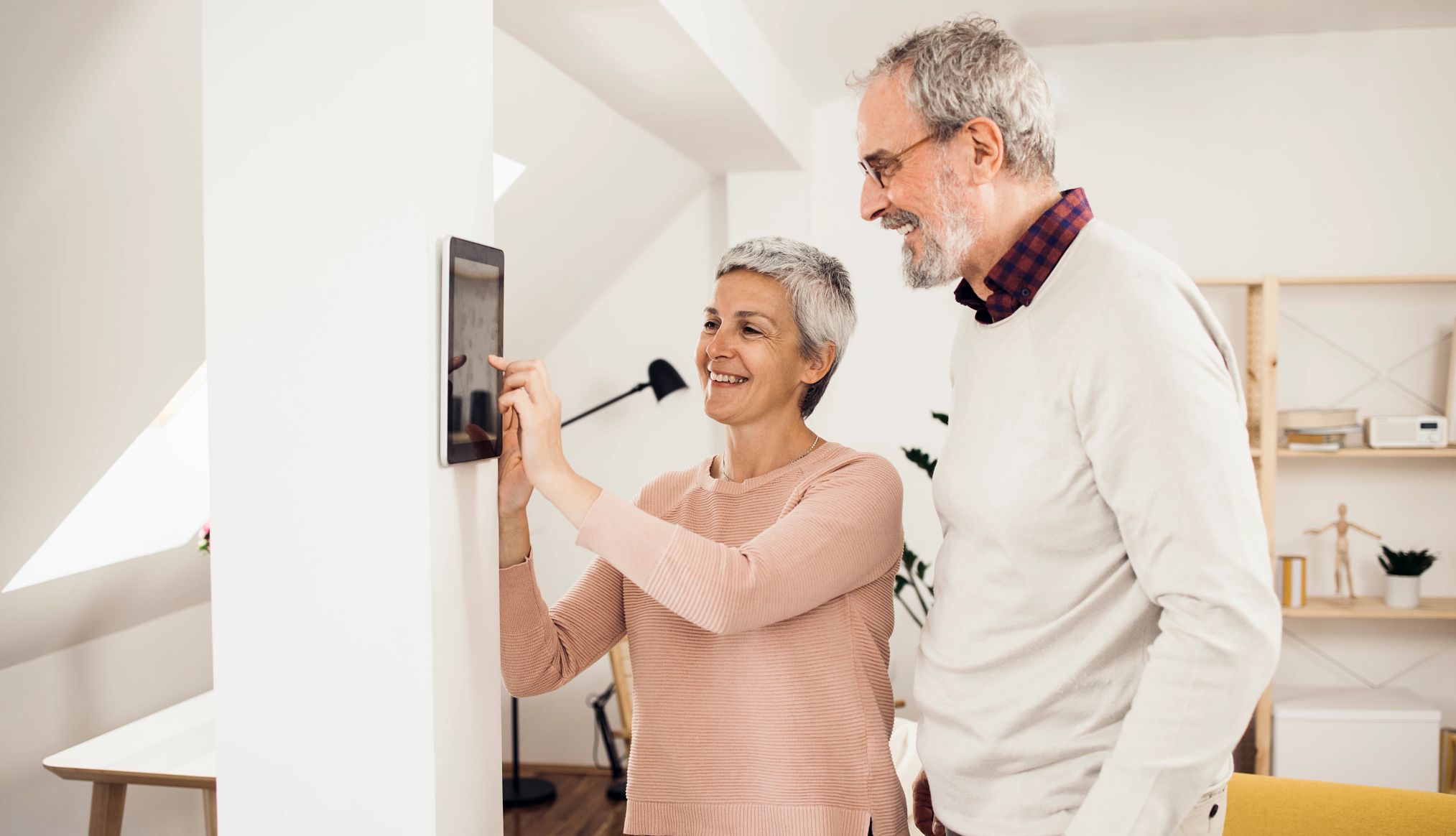
More From AARP
5 Ways Tech Can Help Caregivers of Dementia Patients
Wearables, smart homes, other solutions don’t work for all
6 Innovations to Help People Live Better as They Age
Safety, independence are possible by leaning into tech
AARP Smart Guide: 41 Ways to Care for Your Home Appliances
Protect your wallet by doing these simple things to make your appliances work better and last longer